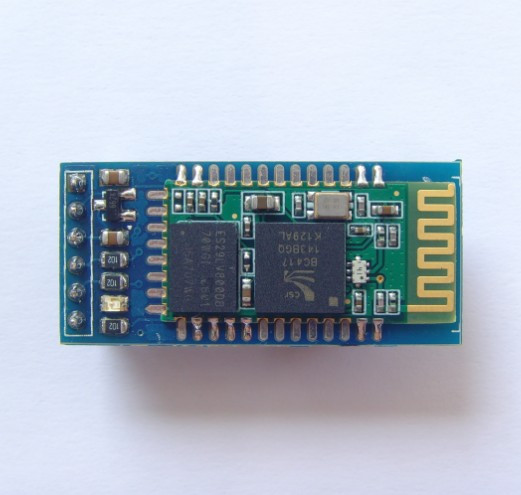Team:TU Darmstadt/result/electrical engineering
From 2013.igem.org
Electrical engineering
Handheld development:
Our handheld contains an Arduino Uno Rev3 microcontroler which is connected to a HC-05 bluetooth module.Two LEDs are connected over 100 ohm resistances to digital ports on the Arduino Uno. One of the LEDs emitts radiation with a wavelength of 450 nm permanently during the detection process. The other LED emmits light of a wavelength at 575 nm but works as a photo diode. Sensing details are explained below.
You can find our arduino code, open soure on the folowing site:
Mycotoxin Handheld Arduino code
LED Sensing:
Light emitting diodes are robust, low-cost, and energy efficient. LEDs cover an increasingly broad spectral range from UV to near infrared.
LEDs can be both light emitters and detectors. For example, an LED that emits greenish-yellow light at the peak wavelength of about 555 nm detects green light at the peak wavelength of about 525 nm and over the spectral width of 50 nm.
Almost every LED is capable of detecting a relatively narrow band of wavelength, with different
sensitivity. When an LED is subjected to light, it generates a backwards biased current, proportional to the light striking the diode, typical about 50pA.
A precise measurement of the LED photocurrent is possible, using inherent capacitance of the diode itself (typically picoFarads) and microcontroller I/O ports with configurable internal pull-ups states and built-in digital timer-counter.
App development:
Click here for our mycotoxin detector App
Bluetooth communication:
For our handheld we use a HC-05 module from Frima LC Technology. This module is easy to connect with Arduino boards and, additionally, is low priced. The HC-05 module enables sending and receiving data from and to other devices via bluetooth.
Favorable for light intensity measurements, however, is to operate the LED in reverse direction. Here it behaves like a capacitor with a parallel light-dependent current source. The anode is connected to ground and the cathode is connected to an IO port pin of the arduino microcontroller.
The measurement is done in 3 steps:
1. LED charging by switching the pins on high and wait.
2.Moving the pins in high-impedance input (no pull-up!). The current now flows from the capacitor very slowly via the current source to GND. Therefore, the voltage drops steadily and drops so far that the microcontroller recognizes it as low.
3. The microcontroller measures the time, when the input falls to LOW
The shorter the time measured, the higher is the light intensity.

 The App offers a choice of various mycotoxins and supplemantary information. Additionally, it features a graphical diagramme of the meassured data. It supports bluetooth as well as usb, and can connect to external databases on previous messurements and analyses.
The App offers a choice of various mycotoxins and supplemantary information. Additionally, it features a graphical diagramme of the meassured data. It supports bluetooth as well as usb, and can connect to external databases on previous messurements and analyses.


"Bluetooth device"
References
- G.W.Mitchell and J.W.Hastings: A Stable, Inexpensive, Solid-State Photomultiplier Photometer
Biological Laboratories, Havard University, Cambridge, Massachusetts 02138
Analytical Biochemistry 39, 243-250 (1971) - Hanwen Yan: An Inexpensive LED-Based Fluorometer Used to Study a Hairpin-Based DNA Nanomachine
Staples High School, 70 North Avenue, Westport, CT 06880 USA - Nuts and Volts – November 2007
- Nuts and Volts – Mai 2013
- Forrest M. Mims III: Sun photometer with light-emitting diodes as spectrally selective detectors
The author is with Science Probe, Inc., 433 Twin Oak Road, Seguin, Texas 78155. Received 21 February 1992. © 1992 Optical Society of America - W J O’Hagan et al.: MHz LED source for nanosecond fluorescence sensing
Meas. Sci. Technol. 13 (2002) 84–91; Department of Physics and Applied Physics, University of Strathclyde, Glasgow G4 0NG, UK - Andrew E. Moe: Improvements in LED-based fluorescence analysis systems
Department of Electrical Engineering, University of Washington, Seattle, WA 98195-2500, USA - Radovan Stojanovic and Dejan Karadaglic: An optical sensing approach based on light emitting diodes
Journal of Physics: Conference Series 76 (2007) 012054
 "
"